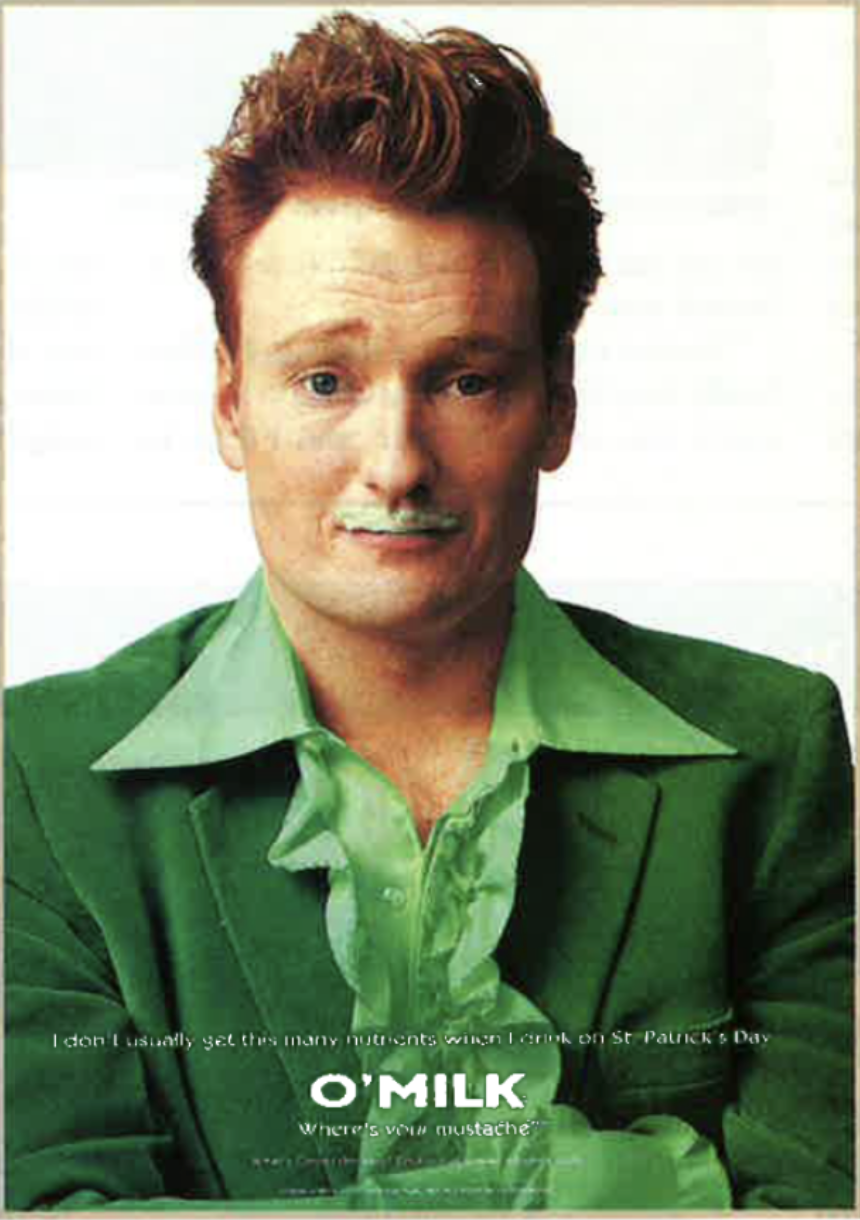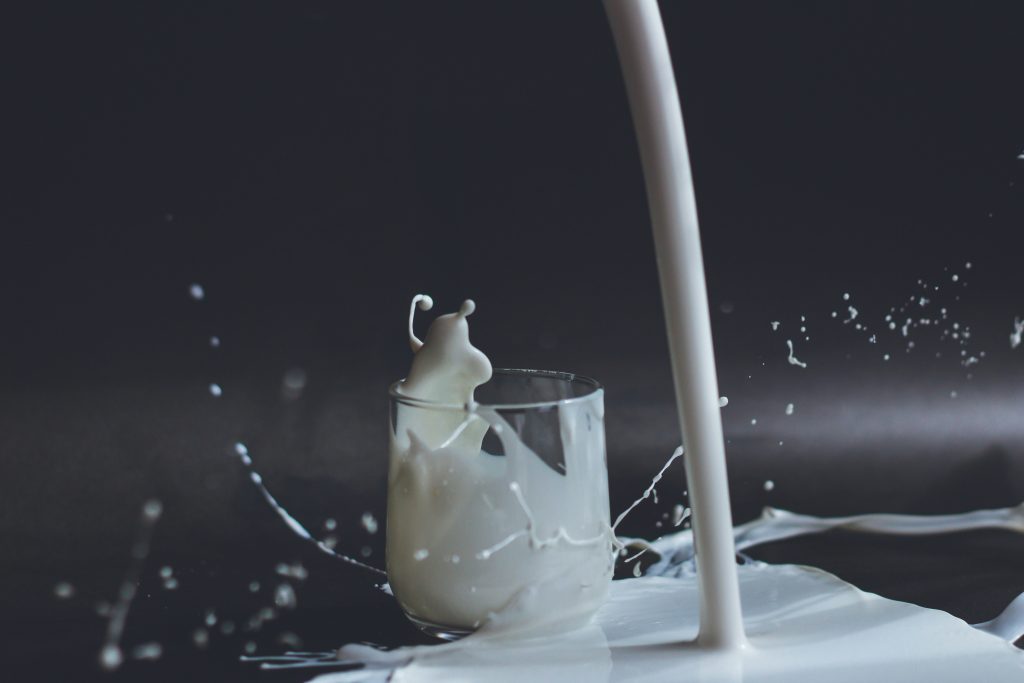Recently, I wandered into a used bookstore and was stopped in my tracks by a volume sitting on a table by the door — a copy of the first cookbook I ever owned. It wasn’t a fancy collection of gourmet recipes, just a child’s Golden Book. The publishing date read 1950; I had been 3 years old. A price of $45.00 wits penciled on the flyleaf (about 20 times more than its original cost). I had to have it.
As I turned the pages, memories came flooding back of my first attempts at cooking. Candle Salad: a banana standing in a pineapple ring with a cherry for a flame. Pixie’s Delight: graham crackers with marshmallows and chocolate, heated until it was all soft and gooey. Melted cheese on crackers. Postwar high-tech canned soup and frozen vegetables. And on the last page, the finale: Father’s birthday dinner.
Growing up, I fixed many a special birthday meal for my dad. His favorite dessert was strawberry shortcake with luscious red berries on top and between the layers, and piled high with drifts of pure white whipped cream. Dad loved cream. He poured it over chocolate cake, made it float magically on strong black coffee, and ate it by the spoonful when a winter cold snap made the thick cream that once graced the surface of milk pop out the top of the bottles our milkman left on the front step.
Ice cold glasses of milk were his favorite thirst quencher. He put thick smears of butter on toast, melted big puddles in mashed potatoes, and plopped hefty chunks on his vegetables. Cheese was on his top ten list as well. And it didn’t matter what kind. Swiss, cheddar, blue — the smellier the better, it seemed to my young nose. When there were no leftovers in the fridge, he was quite content with a butter and cheese sandwich. Plain and simple, Dad loved dairy in all its forms. And why not?
He was Irish, and dairy products have always been important Irish dietary elements.

In ancient Ireland, a person’s wealth was measured in cattle. The animals hauled carts and pulled plows through the rocky fields. They were the chief source of meat, their hides were tanned for leather, and useful implements were fashioned from their bones, horns and hooves. As a bonus they provided milk. Originally, the word `meat’ was a generic term for food, and all milk products were known as banbidh which translates to ‘white meat.’
Drinking sweet milk straight from the cow is a treat that few now know, but once it vied for first position with beer as Ireland’s primary beverage. It was also combined with oats to make porridge, stirred into puddings and sauces, or used to make butter, curds, whey and cheese. Since milk does not hold well, in the days before refrigeration it was also drunk sour.
Butter made from fresh milk or slightly sour cream played a key role in the Irish economy even in the earliest times. According to the Brehon Laws, salted butter (considered an inferior product) was fit only for feeding the working classes, while sweet butter was reserved for the children of chieftains. Buttermilk, the fluid left over after butter is removed from its churn, was served at nearly every meal. Butter production was highest during summer just after the cows had calved, but keeping it from spoiling was tricky. Herders solved the problem by wrapping their excess butter in leather and burying it in a bog.
The most important white-food was gruth (curds). Commonly served with bread, curds were so vital to existence, that they are dealt with extensively in the Brehon Laws where they are recommended as summer food for the sick, noted as an acceptable form of currency for paying rent, and stipulated as a fine for trespassing dogs. Early curdmaking consisted of letting milk sour naturally, which separates the liquid into curds and whey.
Eventually, it was discovered that the same effect could be achieved by mixing fresh milk with buttermilk or rennet from a calf’s stomach.
Then, one day, someone accidentally let the soured milk drain a bit too long. From there, it was just a small step to compress the chewy curds into a solid mass: cheese. Early manuscripts note that many different types were made with cow, goat, and sheep’s milk: tath, a pungent cheese from sour milk; mills, a sweet cheese from sweet milk; mulch, a soft cheese from buttermilk; and Tanach, a hard cheese from skimmed milk.
When Sir Walter Raleigh introduced potatoes in the sixteenth century, the importance of cheese as a dietary staple began to fade. Butter-making remained a stable agricultural activity, but within two hundred years, cheese-making practically died out. In 1957, Irish social historian Dr. E. Estyn Evans wrote, “The Irish consumption of cheese today is probably the lowest in Europe.”
Twenty years ago, the picture suddenly changed. There was a farmhouse cheese revival, and in 1983, Cais, the Irish Farmhouse Cheesemakers Guild, was formed. With its long agricultural history plus rich pastures that have never been chemically fertilized, Irish cheese quickly earned a reputation for exceptional taste and purity. Production steadily increased, and Ireland now exports a variety of superb cheeses to Britain, continental Europe, and the U.S.
Farmhouse cheese-making dairies can be found in pockets all around the Emerald Isle and their products are featured on after-dinner cheeseboards in the finest restaurants and country-house hotels. Mileens, a strongly flavored cheese made from cow’s milk in County Cork, was the first new-generation farmhouse cheese to make it big. Gubbeens, a semisoft cheese also from Cork, varies seasonally, being most flavorful and creamiest during spring and summer. Many people prefer St. Killian, a mildly flavored creamy cheese from County Wexford, when it is very ripe and runny. Soft and mild Cashel Blue, Ireland’s most famous cheese, is produced in County Tipperary from fresh raw milk.
Farmhouse cheese-making has in fact become so successful that dozens of small producers are supplying a virtual cornucopia of varieties ranging from hard cheddars and mild melting cheeses to yummy spreadable goat cheeses and smoked Gouda-types. Once again, the circle has come full round. The nation that once depended for its existence on `white meat’ has proved that it can compete with even the most famous cheeses in the world. Be on the lookout for them when visiting Ireland or a fine cheesemonger’s shop here at home. You won’t be disappointed. Sláinte!
Recipes
Buttermilk Curd Cheese
Note: When separating the curds and whey, save and refrigerate the whey. It’s a refreshing cold drink on a hot summer day.
2 1/2 cups fresh milk
5 cups buttermilk
Put the buttermilk into a large bowl. Scald the fresh milk in a saucepan by heating it to just below boiling point. Add it to the buttermilk in the bowl. Do this quickly and stir the mixture. Allow the mixture to stand until it is cool. Strain through cheesecloth. Squeeze the curds in the cloth from time to time as they are draining. The curds will look and taste like quark cheese, light and creamy. It can be used plain or mixed with herbs as a spread on bread or crackers.
Traditional Irish Cooking – Biddy White Lemon
Buttermilk Cheese & Strawberries
1 recipe Buttermilk Curd Cheese
2 tablespoons fresh cream
1 pound fresh strawberries
Sugar
Cut four strawberries in half and set aside for decoration. Thinly slice the remainder and add sugar to taste. Mix the cheese with the fresh cream until it is the consistency of dense cheesecake. Add more cream if necessary, and sugar to taste. Layer the cheese and strawberries in a pretty glass serving dish, ending with a layer of cheese. Decorate with the reserved strawberry halves. Chill. Serves 4-6.
Traditional Irish Cooking – Biddy White Lemon
Cashel Blue Pudding
2 ounces butter
1 onion, chopped fine
2 ounces flour
1/2 pint milk
4 ounces Cashel Blue cheese, crumbled
Salt and freshly ground pepper
4 eggs, separated
2 ounces breadcrumbs
1/2 teaspoon Worcestershire sauce
2 tablespoons freshly chopped parsley
Butter a 9-inch glass casserole dish. Preheat the oven to 375 F. Melt the butter in a saucepan; add onion and sauté until wilted. Stir in flour and cook for two minutes, and then gradually add the milk, stirring constantly to make a smooth sauce. Add the cheese plus salt and pepper to taste. Beat well and remove from heat when the cheese has melted. Beat the egg yolks and stir into the sauce with the breadcrumbs, add Worcestershire sauce and parsley. In a clean bowl, whip the egg whites until stiff, and then carefully fold them into the cheese mixture with a metal spoon. Turn the buttered casserole dish and bake for 30 minutes or until the pudding is well risen, firm to the touch, and a knife inserted in the middle comes out clean. Serve immediately. Makes 4 servings.
Good Food from Ireland – Georgina Campbell
Editor’s Note: This article was originally published in the August / September 1999 issue of Irish America. ⬥


Leave a Reply